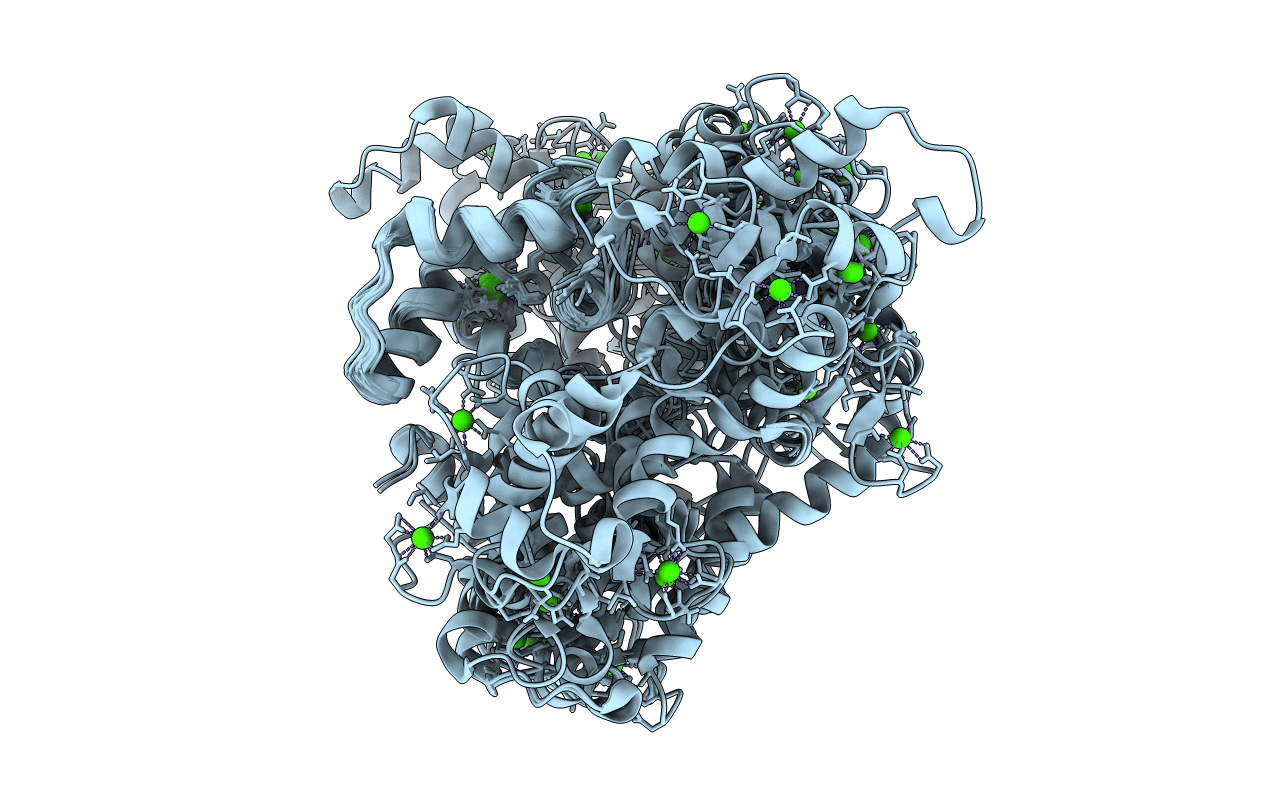
Deposition Date
2018-04-23
Release Date
2018-10-17
Last Version Date
2024-06-19
Method Details:
Experimental Method:
Conformers Calculated:
100
Conformers Submitted:
20
Selection Criteria:
structures with the least restraint violations


